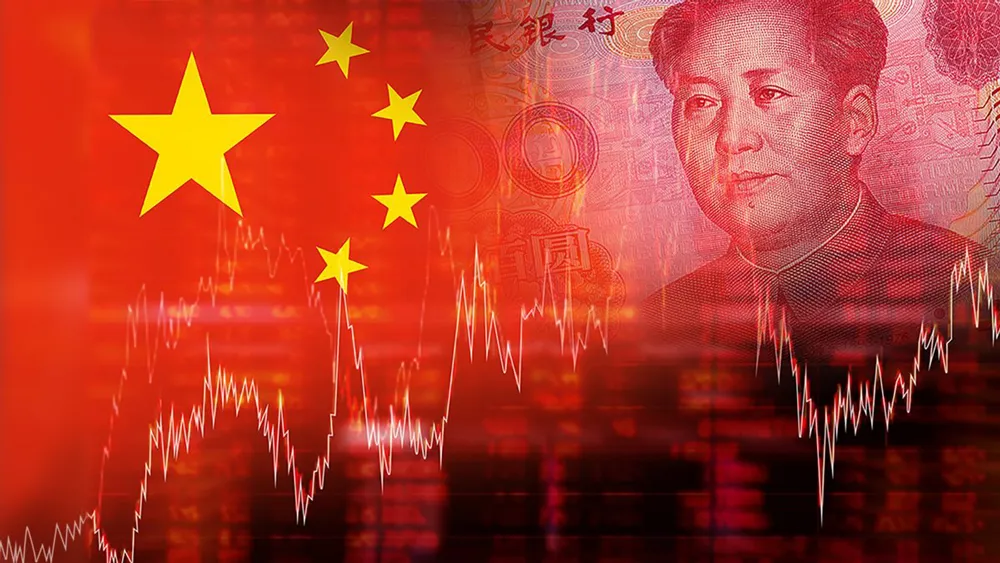China’s Renminbi (RMB) has reached new heights in global transactions, marking a significant shift in how countries trade and settle payments. As RMB internationalization accelerates, the global financial landscape is evolving, with ripple effects felt across borders. In July 2024, RMB usage in China’s foreign transactions hit 53%, a notable increase from 40% in July 2021, according to data from the State Administration of Foreign Exchange. This surge is reshaping cross-border trade and challenging the dominance of established global currencies like the U.S. dollar.
The Drivers Behind Renminbi’s Rise
Several factors have fueled the rapid adoption of the Renminbi in international transactions:
- Geopolitical Shifts: U.S. sanctions on Russia following the Ukraine conflict drove Russia to seek alternatives to the dollar. The Renminbi became a natural choice, with China and Russia deepening their financial ties.
- Strategic Currency Deals: China has proactively established currency exchange agreements with countries rich in raw materials, such as oil and gas, reducing dependency on the dollar. This has encouraged broader use of the Renminbi in trade settlements.
- Enhanced Financial Infrastructure: Since 2022, China has expanded its network of Renminbi-clearing banks worldwide, streamlining cross-border payments and making RMB transactions more accessible.
Louis-Vincent Gave, co-founder of financial services firm Gavekal, underscores the importance of currency stability in this transformation: “You can’t go to Indonesia, Thailand, South Korea and say, ‘Hey, let’s trade in Renminbi rather than the dollar’ if you have a weak currency. For that to happen, you need to have a stable currency.”
Global Implications of Renminbi Internationalization
Despite its growth, the Renminbi still lags behind other major global currencies in usage. Currently, RMB accounts for just 4.74% of global payments, with the U.S. dollar, euro, and British pound maintaining their dominant roles.
Edwin Lai, professor at the Hong Kong University of Science and Technology, highlights the progress: “By international standards, it’s not a great achievement. At the same time, they have obviously improved.”
China’s ambitions for the Renminbi are clear, but challenges remain. While smaller nations and developing economies are increasingly using the RMB, the major Western economies have been slower to adopt it in their international transactions.
Challenges Facing the Renminbi
- Reluctance from Western Economies: The U.S. and European Union are unlikely to shift away from the dollar, given its deep entrenchment in global finance.
- Capital Controls: China’s strict regulations on capital flows make the Renminbi less attractive for investors and international businesses.
- Dollar Dominance: The U.S. dollar has been the cornerstone of global trade for decades, and old habits die hard. It remains the currency of choice for most international transactions.
Daniel McDowell, a professor at Syracuse University, is skeptical of a major shift: “I think it’s very unlikely that we’ll see China’s trade with the United States, with the European Union, moving into Chinese currency.”
While China’s push for Renminbi internationalization is clear, experts believe that the country is not seeking to dethrone the dollar. Instead, China’s goals center on increasing financial autonomy and resilience. As McDowell puts it: “China is not seeking to topple the dollar’s global dominance. That comes with a lot of responsibility and accepting certain vulnerabilities. China’s motives here are primarily about autonomy and resilience.”
As RMB usage continues to rise, global trade is undergoing a transformation. While challenges remain, the shift towards Renminbi-driven transactions is likely to grow, reshaping the financial landscape and redefining how countries conduct cross-border trade and payments.
Disclaimer: The information in this article is for general purposes only and does not constitute financial advice. The author’s views are personal and may not reflect the views of Chain Affairs. Before making any investment decisions, you should always conduct your own research. Chain Affairs is not responsible for any financial losses.



